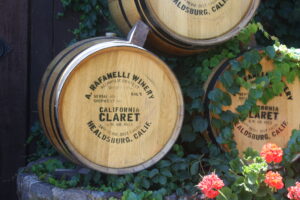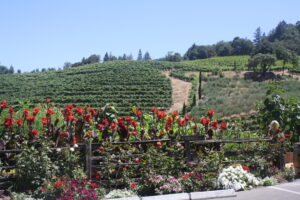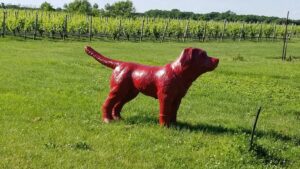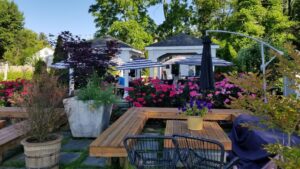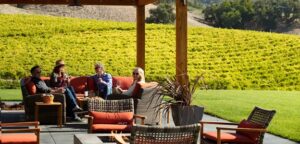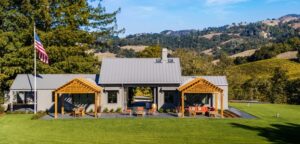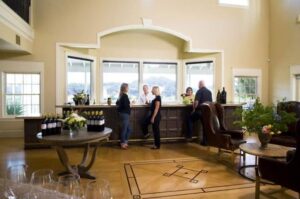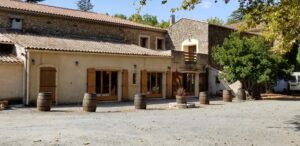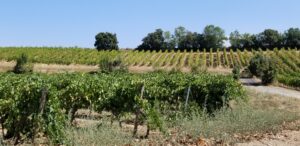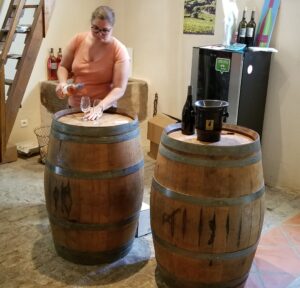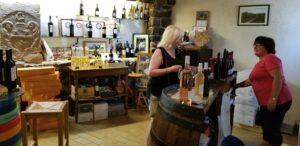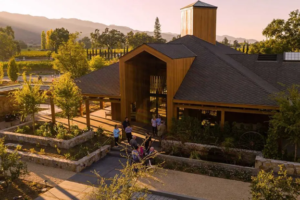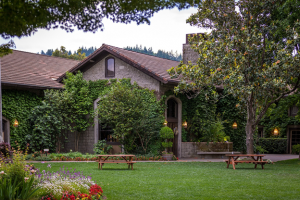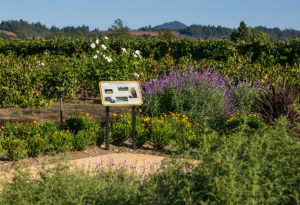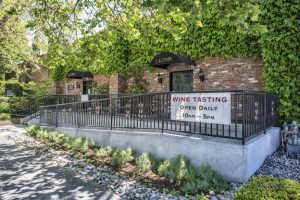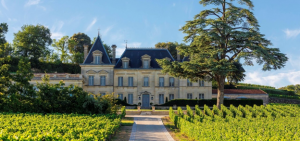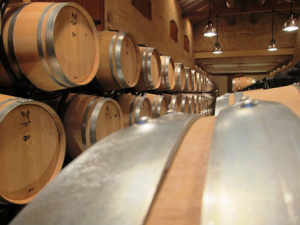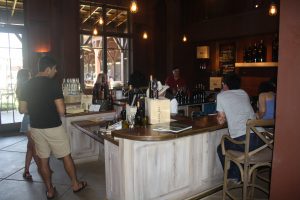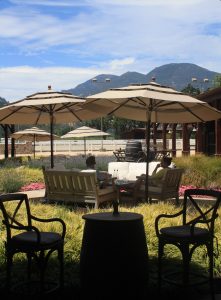You may have tasted a Rafanelli wine and if you did, it was probably in California and it was probably a Zinfandel, the wine they’ve been best known for for decades. If you tell someone about what you tasted, they’ll either give you a dull look indicating that they’ve never heard of it or you’ll get a knowing nod that says that you’re now an initiate in a special club of Rafanelli admirers.
It’s not a winery that’s off the beaten path, since it sits on a hill along the well-travelled West Dry Creek Road. And while you can go there for a tasting, you will need an appointment, which is not that easily come by. (You even need an appointment to buy wine.) When you go, you won’t find yourself in a handsome tasting room with servers waiting on you. You’ll be in the barrel room with a worker who will be back growing grapes or making wine as soon as you leave. Rafanelli is a throwback to an earlier era of wine tasting, one that is rapidly fading away as wine tasting has become a popular attraction for tourists.
Sometime in the early 1900’s, Alberto Rafanelli came over from Italy with his wife Letizia and planted vines. It’s not clear whether those were Zinfandel grapes; in those days immigrant farmers planted whatever they could and mixed vines together in the fields. By mid-century, their son Americo had moved the winery to its current location and had focused on Zinfandel. From then to now, a Rafanelli Zin is a powerful, deep, fruit forward wine. Was Dry Creek Valley famous for Zinfandel before the Rafanelli’s started cultivating it or did they cultivate it because the grape does well in Dry Creek. Who knows? And really, who cares except for the family itself.
As a visitor, what you should care about is what they serve you. Some things you know in advance: It will be red wine. You’ll certainly get to taste the Zinfandel. You’ll get a feel for winemaking more than salesmanship. You will probably be given a little of their other wines, variously going from 100% Cabernet Sauvignon to a 60-40 Cabernet Sauvignon/Merlot blend. Their top-rated wine, the Terrace Select, does not show up often in tastings (at least to our experience).
You will be in a working winery when you visit, no palaces here. There is a loveliness about the location, though, sitting on a hill, surrounded by flowers. We have a particular fondness for springtime, when the hill is alive with daffodils.
There’s another factor that makes a visit to Rafanelli attractive. The management, winemaking and vineyard cultivation are in the hands Alberto’s great-grandchildren. In this highly commercial age, it is rare to discover a family-owned winery, much less one that is carried on to the fourth generation. Though we don’t know this as a fact, we believe that this tradition gives Rafanelli the freedom to make wines as they like them and not as some marketing department tells them to do. We’re sure that the family hopes you like what they do, but they’re going to continue to do it their way.
